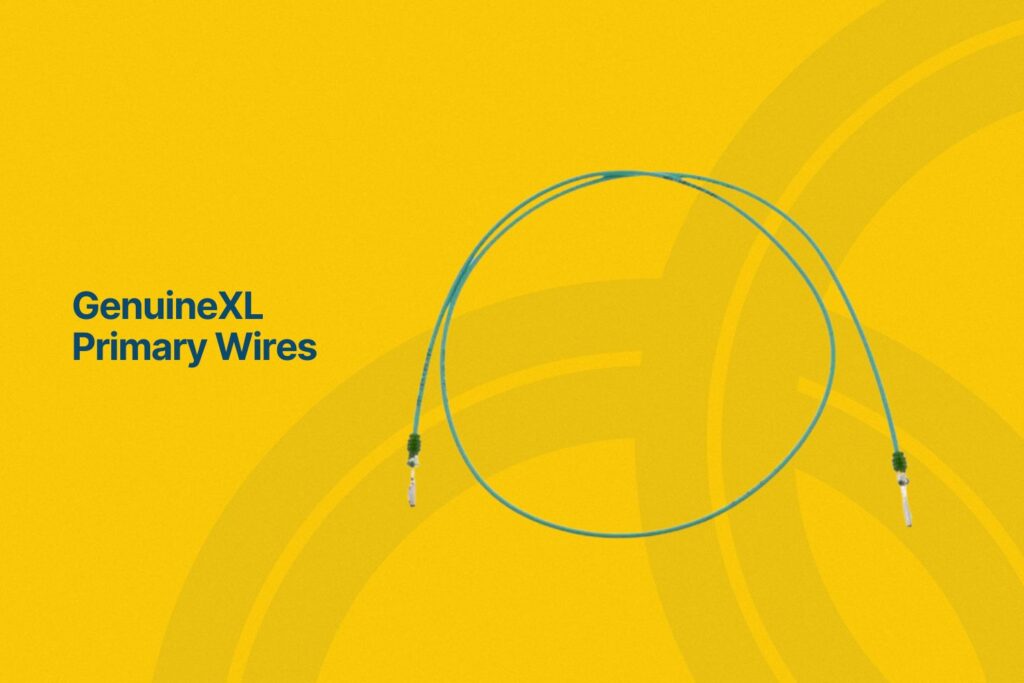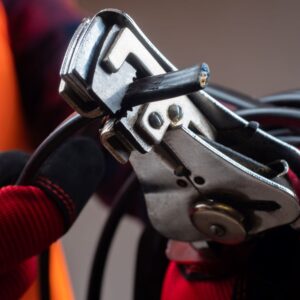When it comes to your vehicle’s electrical system, it’s usually best to leave testing and replacing vital parts to the professionals. An auto repair shop has the tools necessary to find and replace the shorting and malfunctioning parts that can cause electrical issues, and their auto electricians have the know-how to use those tools properly. If they tell you a specific wire, connector, or harness is acting up and you need to purchase a replacement part, here’s what you need to know:
Car Wires and Cables

Car electrical wires transfer power or information between the different components in its electrical system. Car electrical cables are made up of multiple wires braided or twisted together and an outer insulating jacket. If only a single wire or cable is causing your vehicle trouble, your mechanic can tell you exactly what type you need to buy. Here’s what the different wires and cables do:
Primary Wire
The GenuineXL Primary Wire is a good example of this wire type. A primary automotive wire is a general-purpose wire with a multistrand core wrapped in flexible insulation. It’s the most common type of wire. This wire can work in temperatures that reach 176ºF to 221ºF. It’s easy for auto electricians to pull this type of wire through tight spaces, and the wire is resistant to acids, chemicals, and oil. Primary wires are also known as GPT wires.
Motor Wire
Motor wires are similar to primary wires. Motor wires have finer copper wire strands though, which lets them hold higher voltages of up to 600 volts. They also operate in 221ºF temperatures.
TXL, GXL, and SXL Wire
Thin-wall cross-linked (TXL), GXL, and SXL wires have cross-linked polyethylene insulation, which are more resistant to abrasion, heat, and wear and tear compared to primary wires. Industrial and racing vehicles use these wires to lower the risk of failure in high-stress circumstances. The main difference between these three wires is the insulation thickness. SXL is the thickest, followed by GXL and TXL.
Battery Cable
The battery cable connects the vehicle’s battery to its electrical system through the starter and ground. This is a particularly heavy cable with a small gauge. Battery cables are more susceptible to corrosion, so if your auto electrician says you need a new one, it’s likely that the old cable has eroded.
Some battery cables, like the Replacement Positive Battery Cable, only connect to the battery’s positive terminal. Others, such as the AC Delco Professional Series Battery Cable, connect to both the positive and negative terminals. Make sure to ask your auto electrician which battery cable type you need.
Speaker Wire
Speaker wires are paired stranded wires that carry sound to the speakers from the stereo receiver. These wires aren’t meant to carry load. They’re solely for low-voltage applications. Each wire has a positive and negative terminal, and if these aren’t in their proper place, the speakers run out of phase in reverse and sound terrible.
Car Wire Connectors

True to their name, car wire connectors connect wires to other components in the electrical system, allowing the components to send signals or power to and from one another. Connectors come in a variety of sizes and configurations for their different functions. If the rest of the wire is sound, your auto electrician might ask you to buy just the connector to save on money.
Wire Connector Types
There are four wire connector types you should take note of:
- Pigtail or pin connectors such as the Standard OE Replacement Electrical Pin, which make replacing electrical wires easy
- Terminal blocks, which are designed to hold accommodate multiple wires and cables without the need for splicing
- Bullet connectors, which are commonly used in a vehicle’s stereo and audio system and are designed to be easily connected and disconnected
- Scotch locks or splice connectors, which can join two wires without the need for soldering or stripping
Listen carefully to your auto electrician when they tell you the connector type that you need.
Wire Connector Shapes
Wire connectors also come in various shapes and sizes.
- Flat connectors, which save on space and are used in areas with limited room
- Round connectors, which better protect the connected components from the elements
- Square connectors, which are used when multiple conductors or signals pass through a single connector
- Rectangular connectors, which are for large and complex connections because their shape accommodates more pins
If you’re wondering what some of these connectors look like, try checking the Standard OE Replacement Flat Connector, the Replacement Round Connector, the AC Delco®PT144 GM Original Equipment Series Square Connector, and the AC Delco Original Equipment Series Rectangular Connector.
Car Wire Harnesses
Finally, car electrical harnesses are a combination of wires, cables, and connectors. These harnesses link the vehicle’s different electrical components to each other. Signals or power flows through the harness’ connector and into its wires, facilitating the transfer of information or energy. There are three types of car electrical harness:
- Engine harnesses, which connect various engine parts like the ignition system, alternator, and spark plugs
- Body harnesses, which handle connections inside and outside the vehicle’s body, such as those for lights and safety features
- Specialized harnesses, which are for specific systems like the vehicle’s A/C system or car communication system.
The Dorman Alternator Harness is a good example of an engine harness. Meanwhile, the Vemo Body Wiring Harness has a wire-heavy body harness design, and the GPD®1712339 A/C Compressor Wiring Harness is a type of specialized harness.
Your vehicle’s electrical system has many different components. Familiarizing yourself with the different car wires will help a lot, especially if you’re looking for the right replacement part.
Any information provided on this Website is for informational purposes only and is not intended to replace consultation with a professional mechanic. The accuracy and timeliness of the information may change from the time of publication.
























